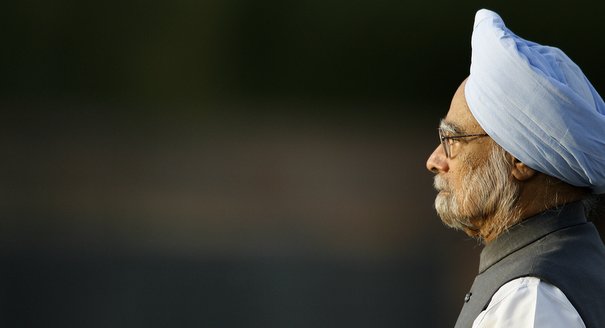Indian newspapers did not pay much attention to the G8 Summit. It is understandable. North India is facing the rain fury, which has already caused almost 200 deaths and a huge devastation.
Yet some reflections on two of the issues raised at the summit can be found in the Indian mass media. The first issue was Syria which clouded the G8 Summit. It was noticed by several newspapers that G8 could not verbalize a demand for Assad’s removal in the final communique due to Putin’s opposition. The decision to organize a peace conference was regarded in Indian newspapers as a miniscule step made in the situation of disagreement between the G7 and Russia.
I would rather argue that this decision was a huge but tardy step. It was irresponsible to wait for up to 100,000 casualties in Syria to realize the urgent need for such a conference.
The second issue was related to tax evasion and lack of business transparency. The Naya India mentioned a problem relevant for India—the prospect for the developing countries’ incorporation into the business information sharing mechanisms.
India, apparently, is not interested in G8 very much. Before the 2008 economic crisis, this was not the case. For the first time, Manmohan Singh sat at the G8 table in 2003 along with the leaders of Brazil, China, Mexico, and South Africa. It was within the framework of a European initiative, supported by the United States, to create a G8+G5 format. G5 leaders participated in five G8 summits. In 2007, the Heiligendamm process was initiated to transform G8 into G13. But the 2008 crisis buried this idea and blew away the interest of India and other former G5 members in continuing their overtures with G8.
Now India prefers to see two Gs. The first one is G20, which is going to replace G8 “that was increasingly being seen as an outdated club, not reflecting contemporary economic realities, ” according to P. Vaidyanathan Iyer from the Indian Express.
The second is G2, consisting of the United States and China. Their rapprochement makes India nervous, but the latter has no other option but to stand steady on the multilateralism principles and develop its relations with both the United States and China (see the opinion of C. Raja Mohan, nonresident senior associate at the Carnegie Endowment’s South Asia Program).
It seems to offer bad news for G8. Having lost an opportunity for expansion, it is going to die sooner or later. The 2013 summit of G8 demonstrated that, firstly, it consists of different groups and pairs rather than constitutes a monolithic body and, secondly, it cannot efficiently address problems of world policy and economy without other influential players like India and China.
